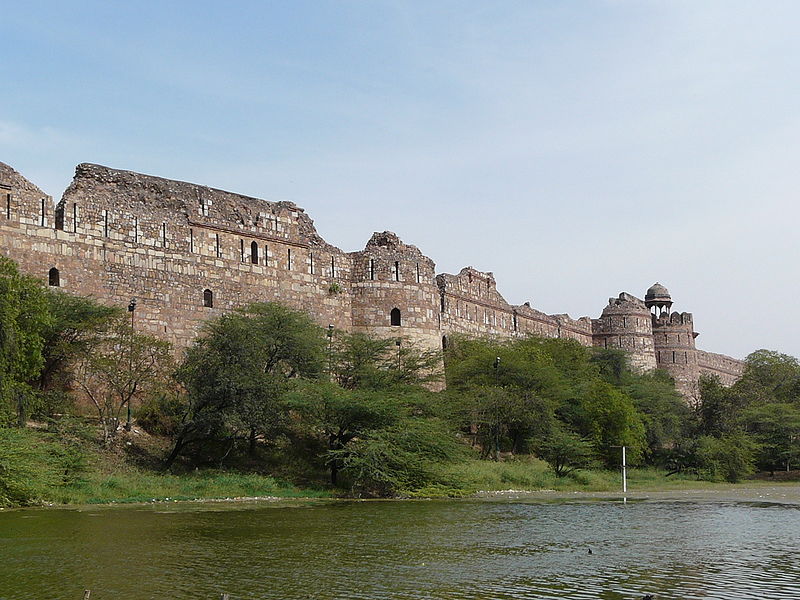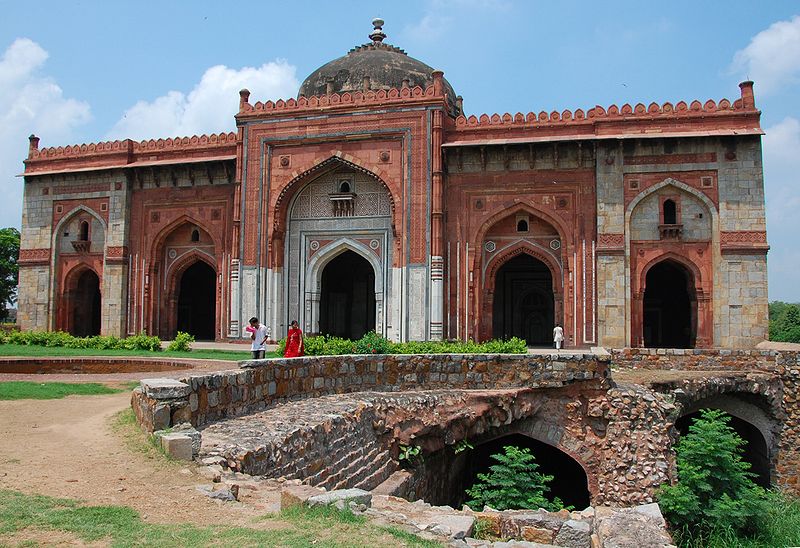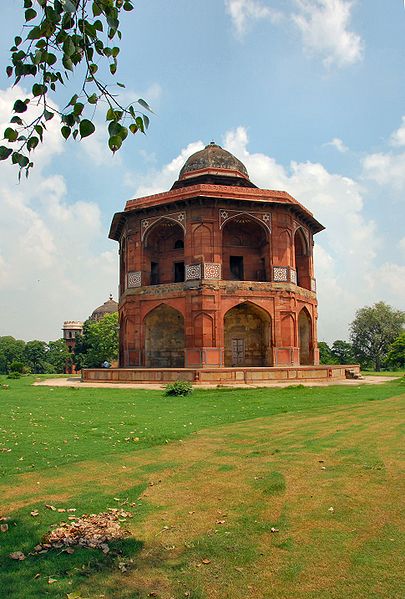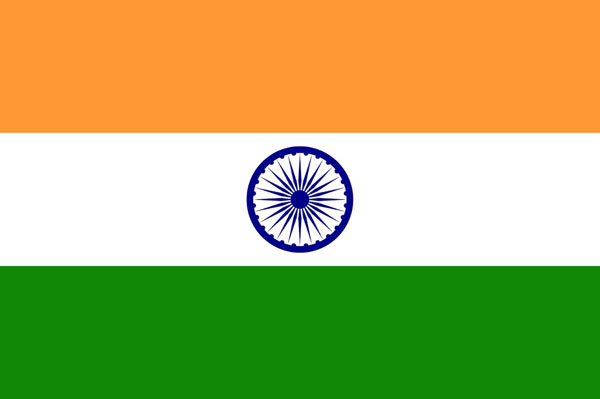
Purana Qila
History
Purana Qila, situated on the banks of Yamuna, is associated with Mughal emperor Humayun. It is where Humayun's capital Din Panah was located. Later it was renovated and named Shergarh by first Afghan emperor of India, Sher Shah Suri. When Edwin Lutyens designed the new capital of British India, New Delhi in 1920s, he aligned the central vista, now Rajpath, with Purana Qila [9]. During the Partition of India, in August 1947 the Purana Qila along with the neigbouring Humayun's Tomb, became the site for refuge camps for Muslims migrating to newly founded Pakistan, this included over 12,000 government employees who had opted for service in Pakistan, and more than 50,000 Muslim refugees, who swarmed inside Purana Qila by September 1947, when Indian government took over the management of the two camps. The Purana Qila camp remained functional till early 1948, as the trains to Pakistan waited till October 1947 to start.

Qila-i-Kuna Mosque

Sher Mandal Mosque
The Sher Mandal stands to the south of the mosque. This double-storeyed octagonal tower of red sandstone with steep stairs leading up to the roof. The structure was intended to be higher than its existing height but the work was stopped due to the untimely death of Sher Shah. It was built by Sher Shah and was used as a library by Humayun after he recaptured the fort. It is also one of the first observatories of delhi. The first being in Pir Gharib at Hindu Rao at Ridge built in 14th century by Firoz shah Tughlaq.The tower is topped by an octagonal chhatri supported by eight pillars and decorated with white marble. Inside there are remnants of the decorative plaster-work and traces of stone-shelving where, presumably, the emperor's books were placed. This was also the tragic spot where, on 24 January, 1556 Humayun slipped while on his way to the evening namaz, fell headlong down the stairs and died of his injuries two days later. Several other monument also lie around the complex, like Kairul Manzil, mosque built by Maham Anga, Akbar's foster-mother, and which was later used as a madarsa. Sher Shah Suri Gate or Lal Darwaza, which was the South Gate to Shergarh, the city he founded, also lies opposite the Purana Qila complex, across Mathura Road, south-east of the Kairul Manzil. In the back of the complex, lies the Bhairava Mandir, believed to be dating the times of Pandavas.


 Shahjahanabad Redevelopment Corporation
Shahjahanabad Redevelopment Corporation 


